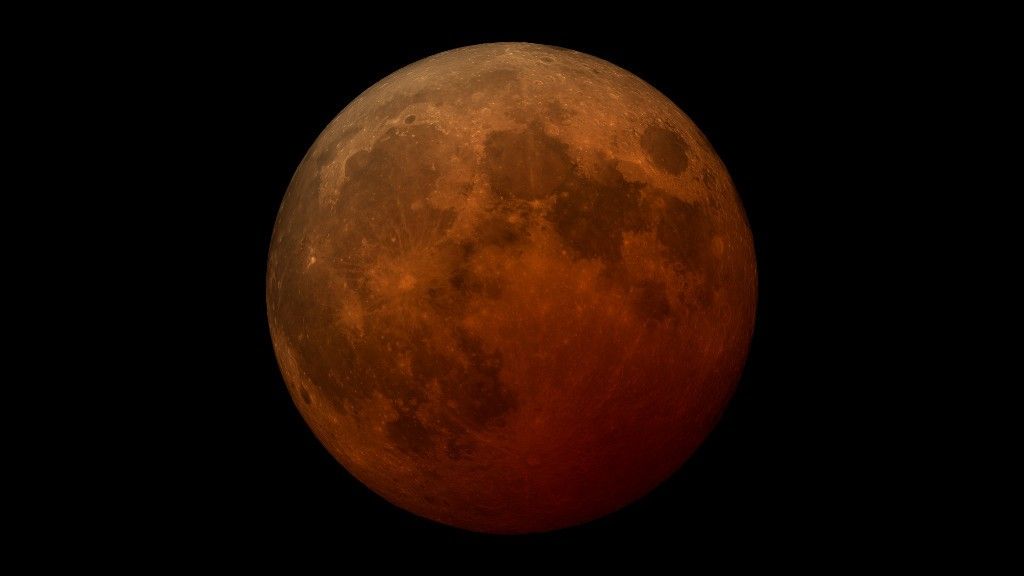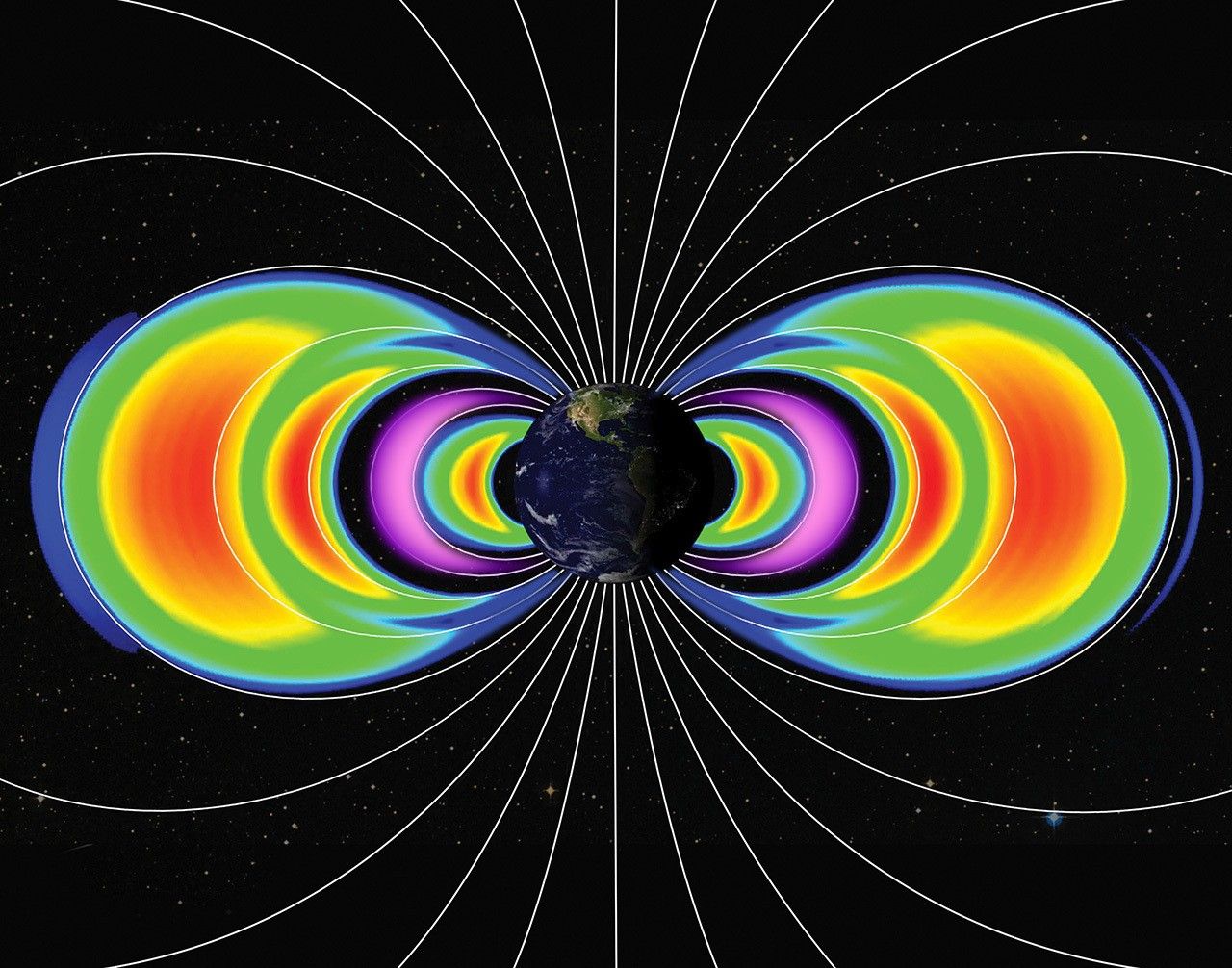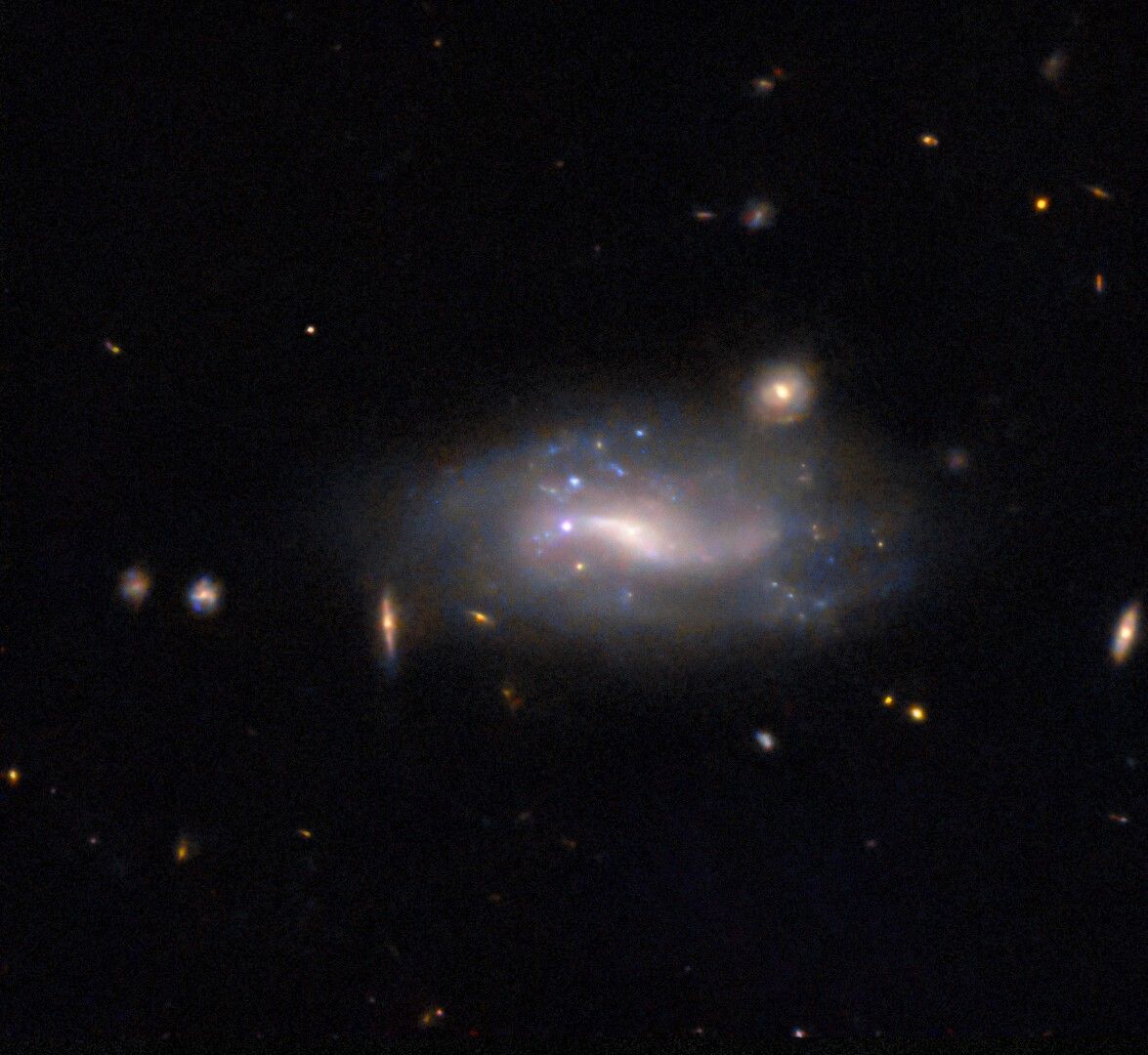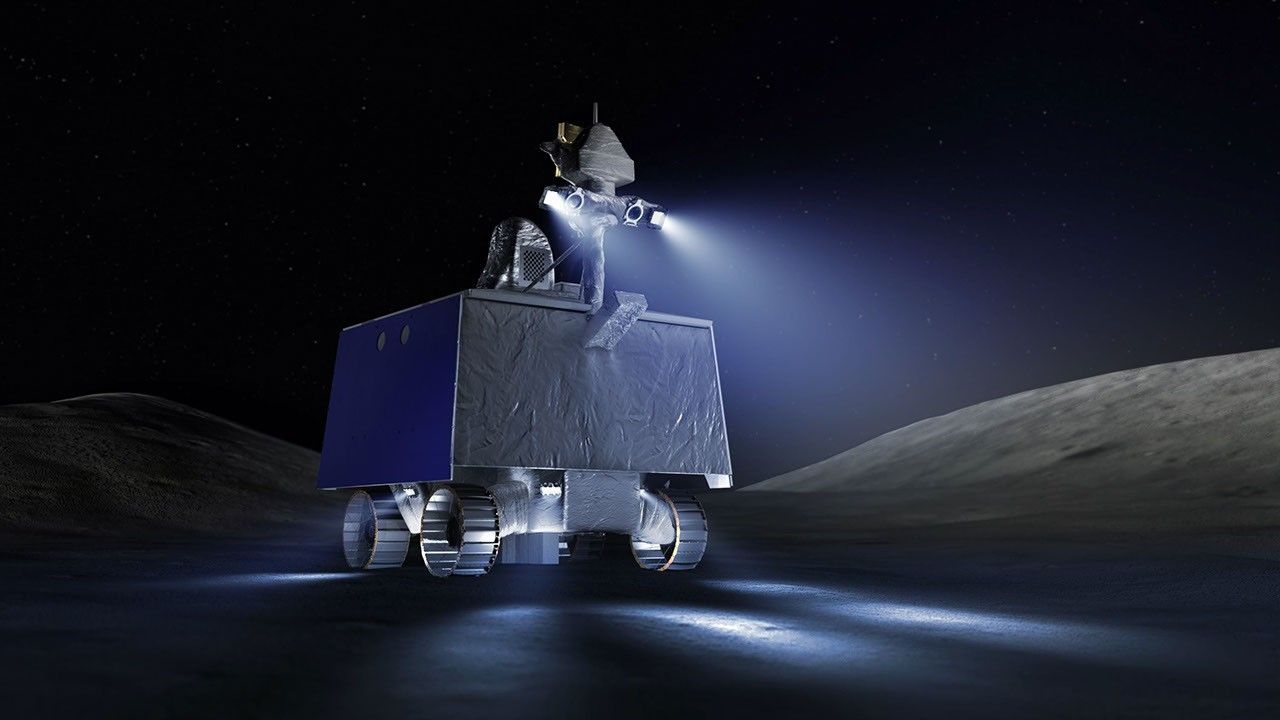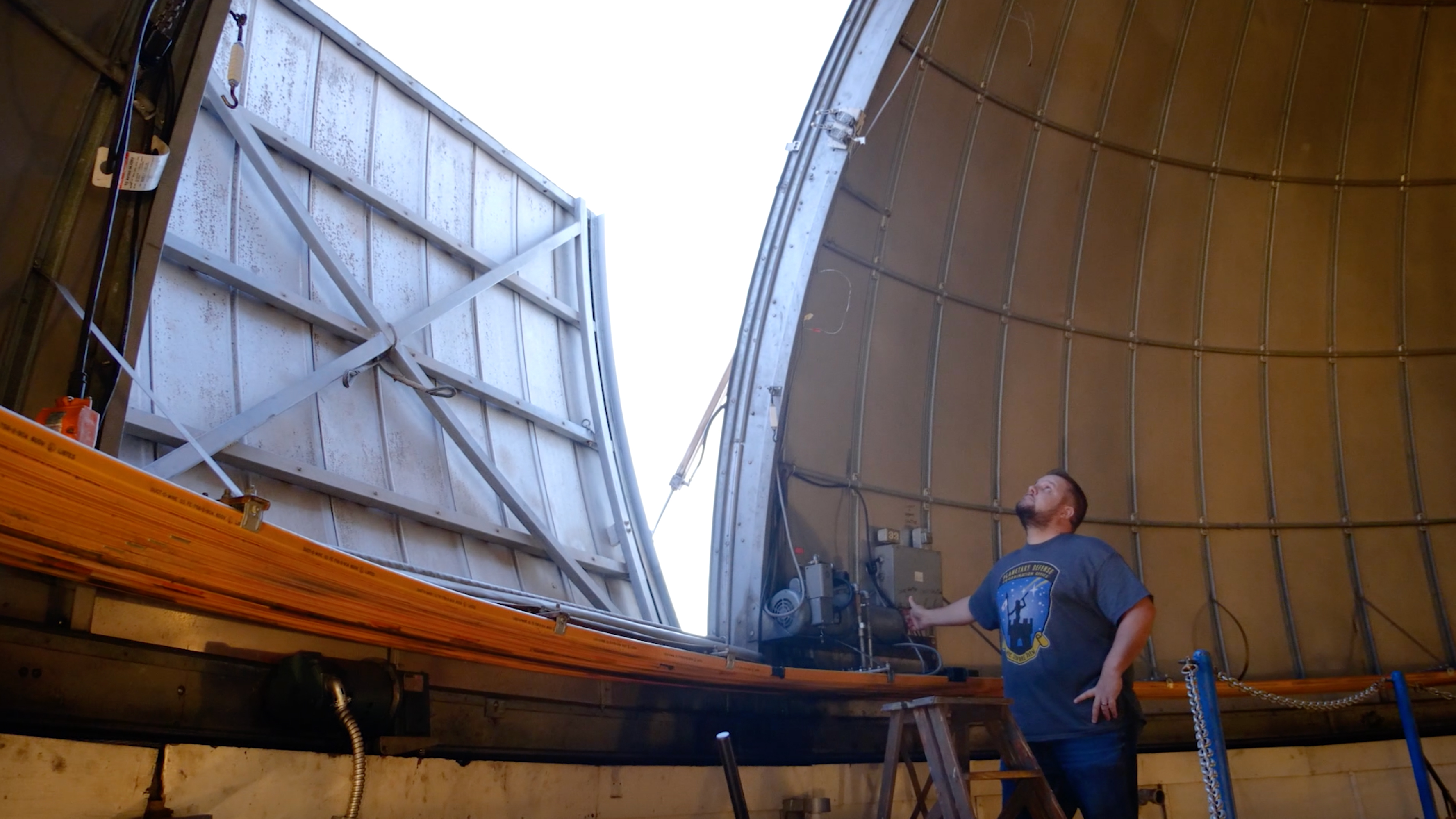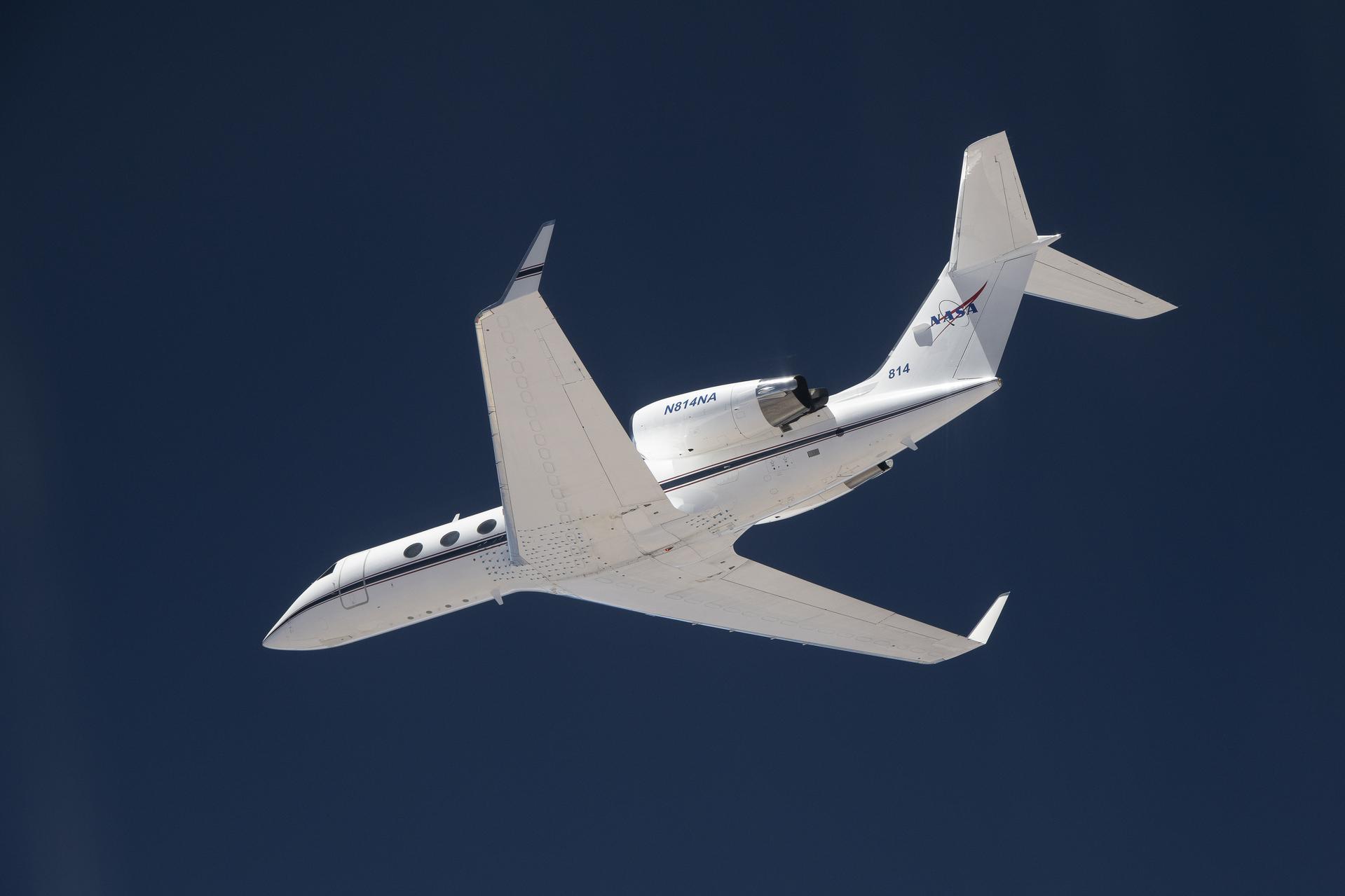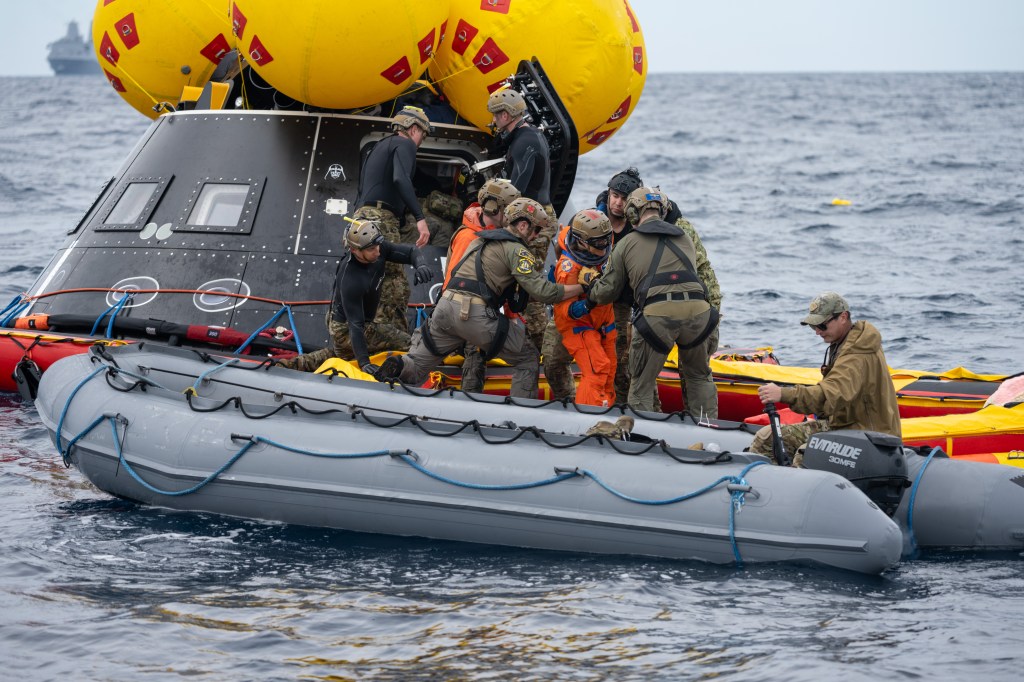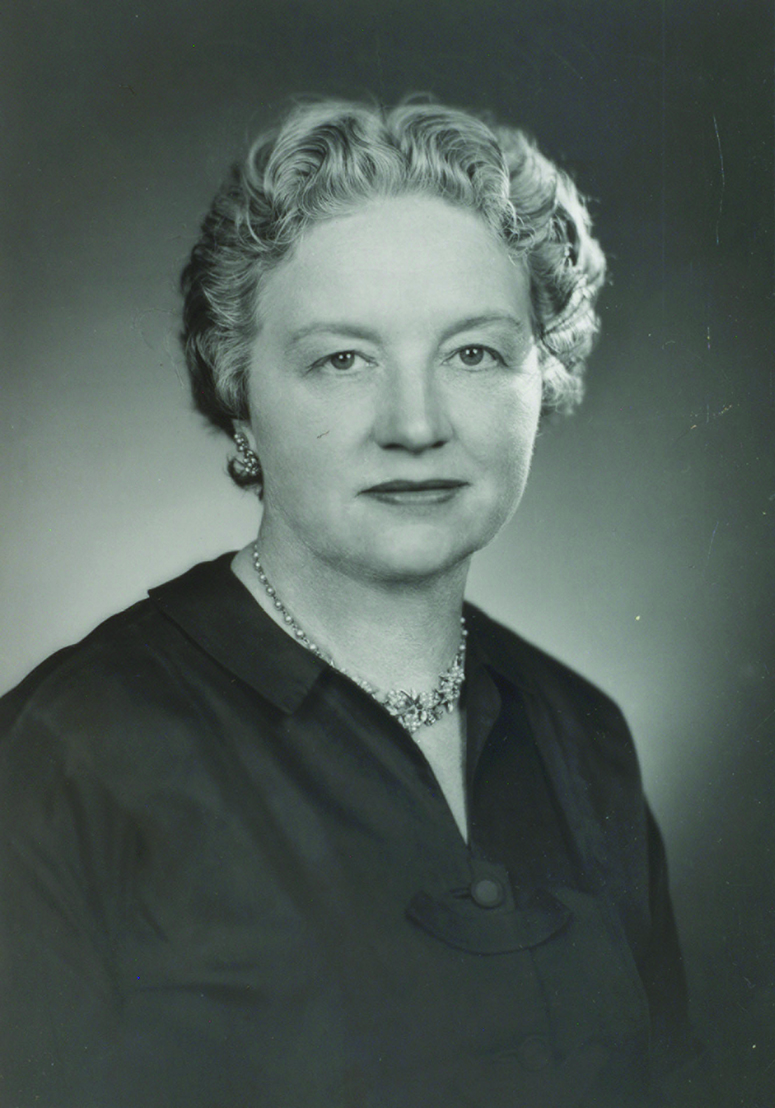In the wake of the Soviet launches of Sputnik 1 and 2 and the spectacular failure of the American Vanguard TV-3 in late 1957, the US government began to lay the course for a long-term space plan. The successful launch of Explorer 1 on January 31, 1958 buoyed American hopes. Congressional hearings on the matter, chaired by Senate Majority Leader Lyndon B. Johnson (D-TX), began in November 1957 and continued for six weeks. Johnson asked Legislative Reference Service national defense analyst Eilene Galloway to summarize the Congressional testimony in a report titled “The Problems of Congress in Formulating Outer Space Legislation.” In the report, Galloway outlined four options: establish a new government agency, assign the program to the Atomic Energy Commission, establish the National Advisory Committee on Aeronautics (NACA) as the controlling agency, or assign space to the Department of Defense’s Advanced Research Projects Agency.
On April 2, 1958, in a special note sent to Congress President Dwight D. Eisenhower called for a civilian National Aeronautics and Space Agency (NASA), based on the existing NACA, to oversee the US space program. Although a former military commander, Eisenhower believed a civilian agency would be more effective than assigning space to the military, where inter-service rivalries had already demonstrated a lack of results in launching a satellite. As the legislation was being drafted, Galloway successfully lobbied to designate the new organization an Administration instead of an Agency to give it broader authority to coordinate with other government bodies. Twelve days later both the Senate and the House introduced versions of the NASA bill, with hearings beginning the next day. The Soviet launch in May of the nearly 3,000-pound Sputnik 3 (Chief Designer Sergey Korolyov’s original scientific satellite) provided strong incentive for the bills’ approval. The House bill passed on June 2 and the Senate version on June 16.
The biggest difference between the bills was the structure of the committee that would advise the agency’s director, with the House version favoring a relatively weak committee versus the stronger policy board in the Senate version. Johnson chaired a bipartisan panel that produced a joint version of the bill, retaining the strong policy board, which Eisenhower opposed. To break the impasse, the President and Johnson met on Monday following the July 4th holiday with the latter recommending that the President chair the board; Eisenhower agreed. Congress passed the final version of the bill, the National Aeronautics and Space Act, on July 16 and President Eisenhower signed it into law on July 29, 1958.
NASA officially opened for business on October 1, 1958.

